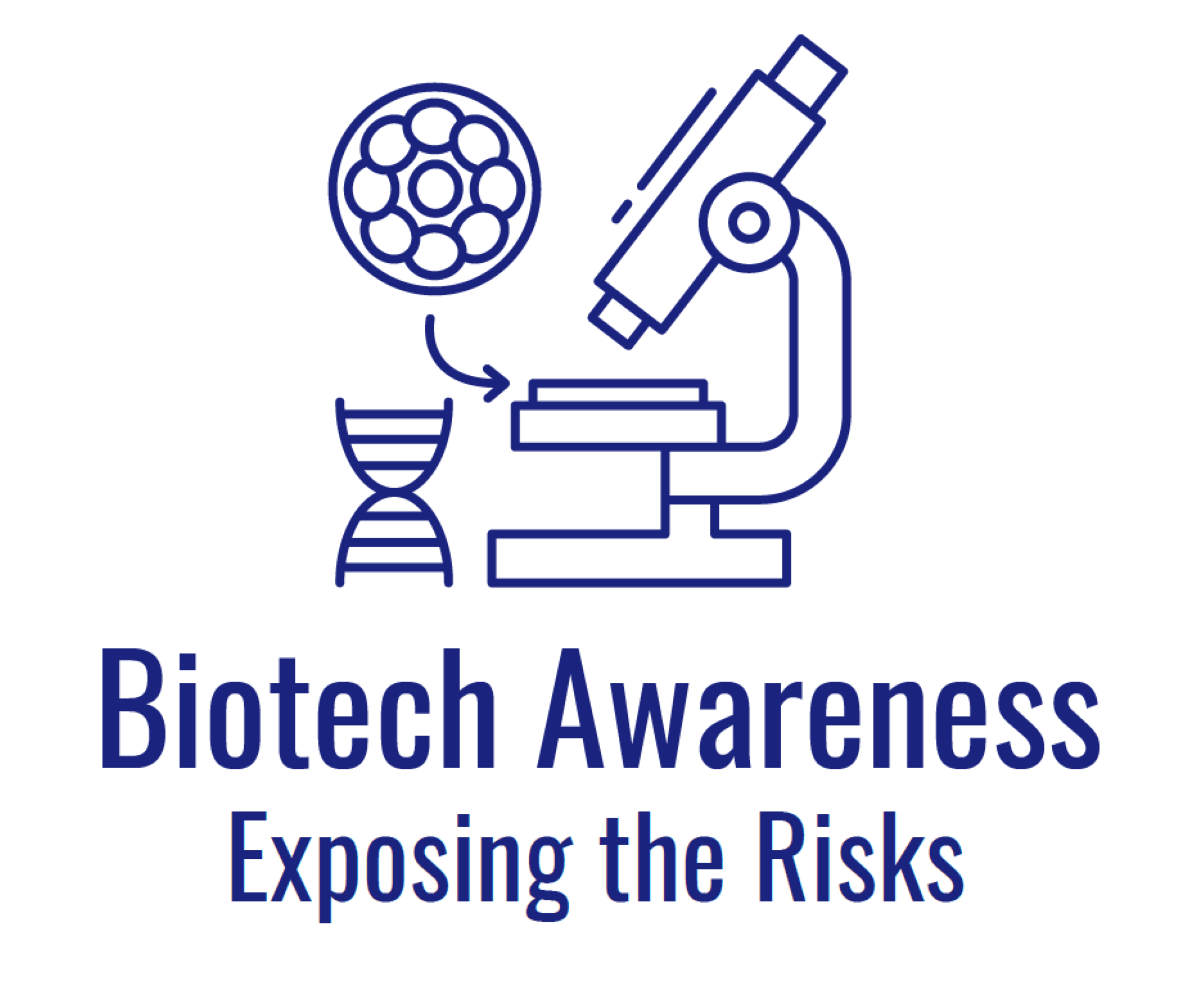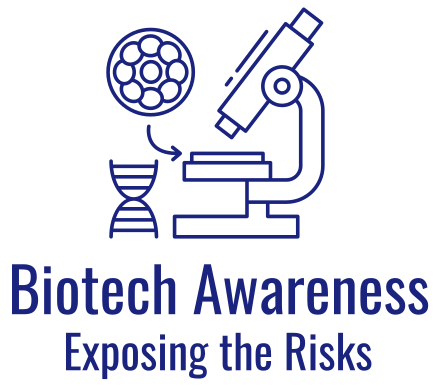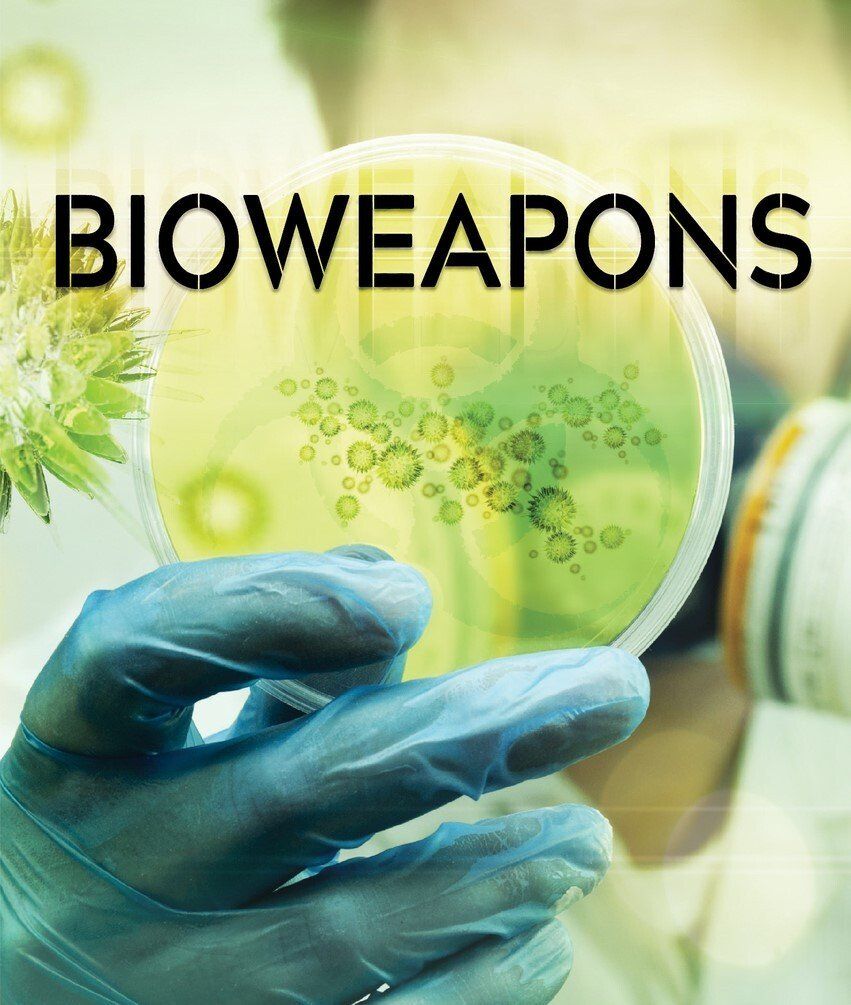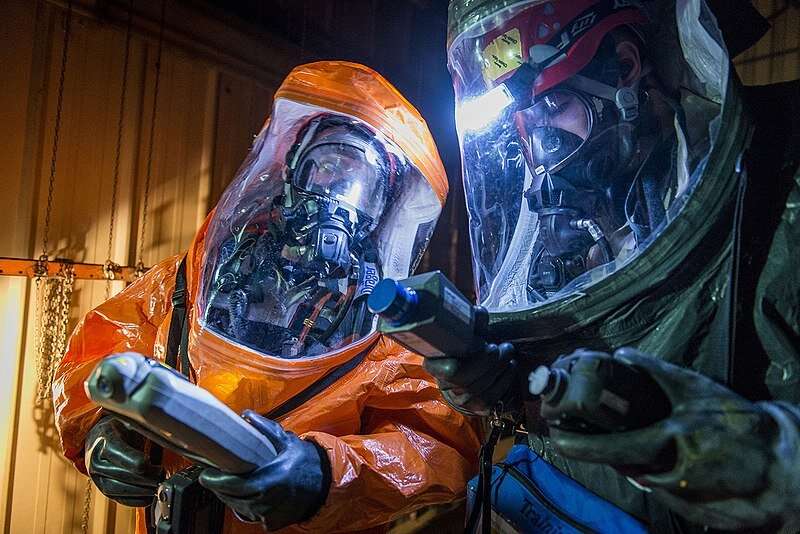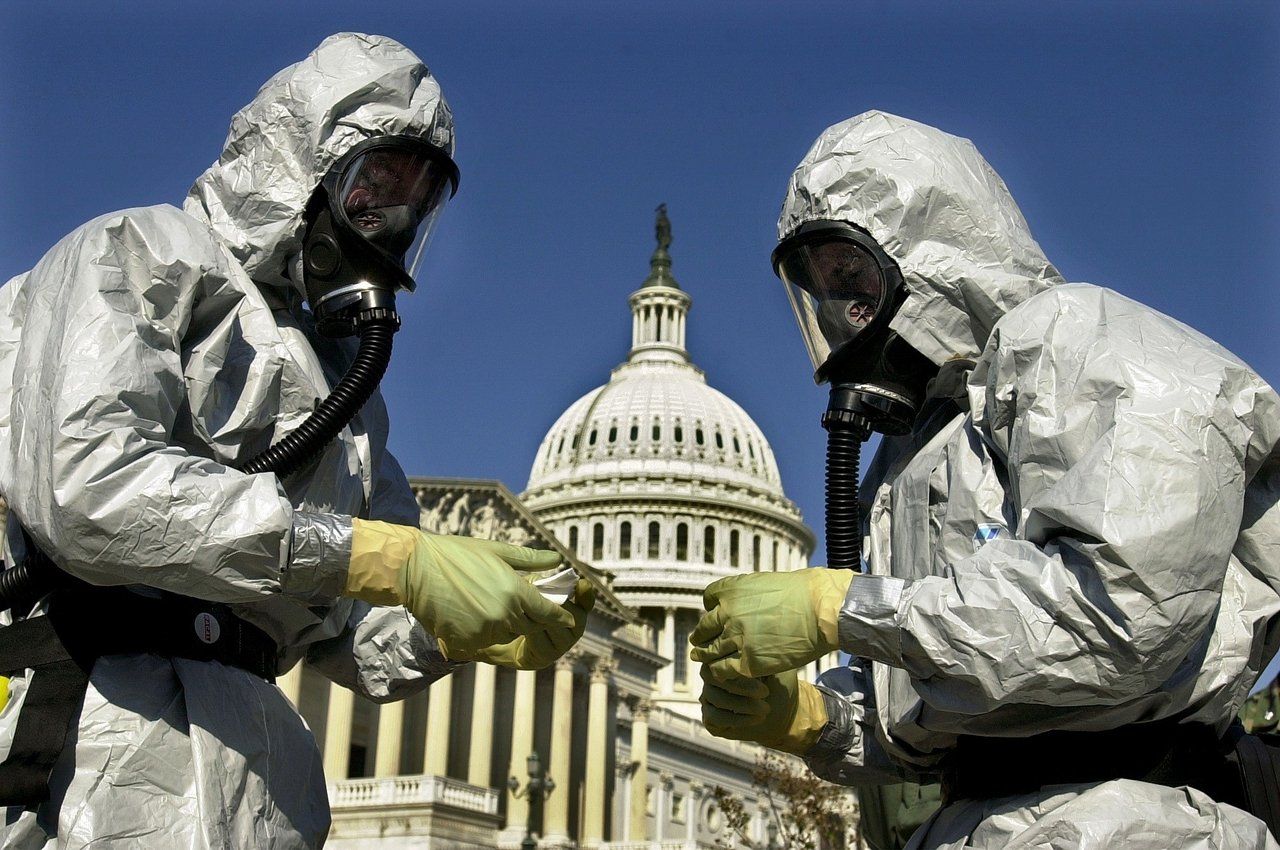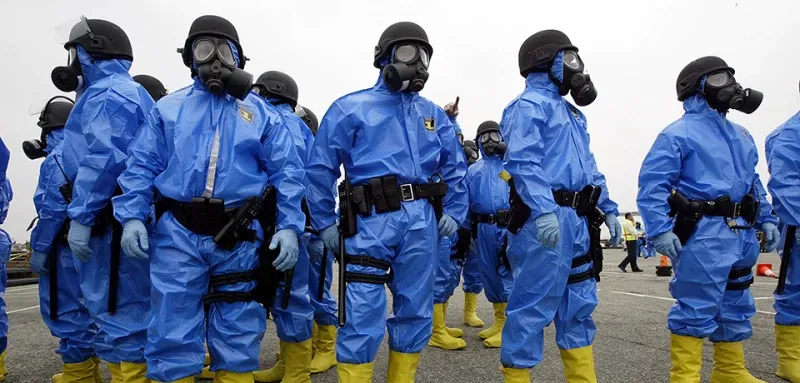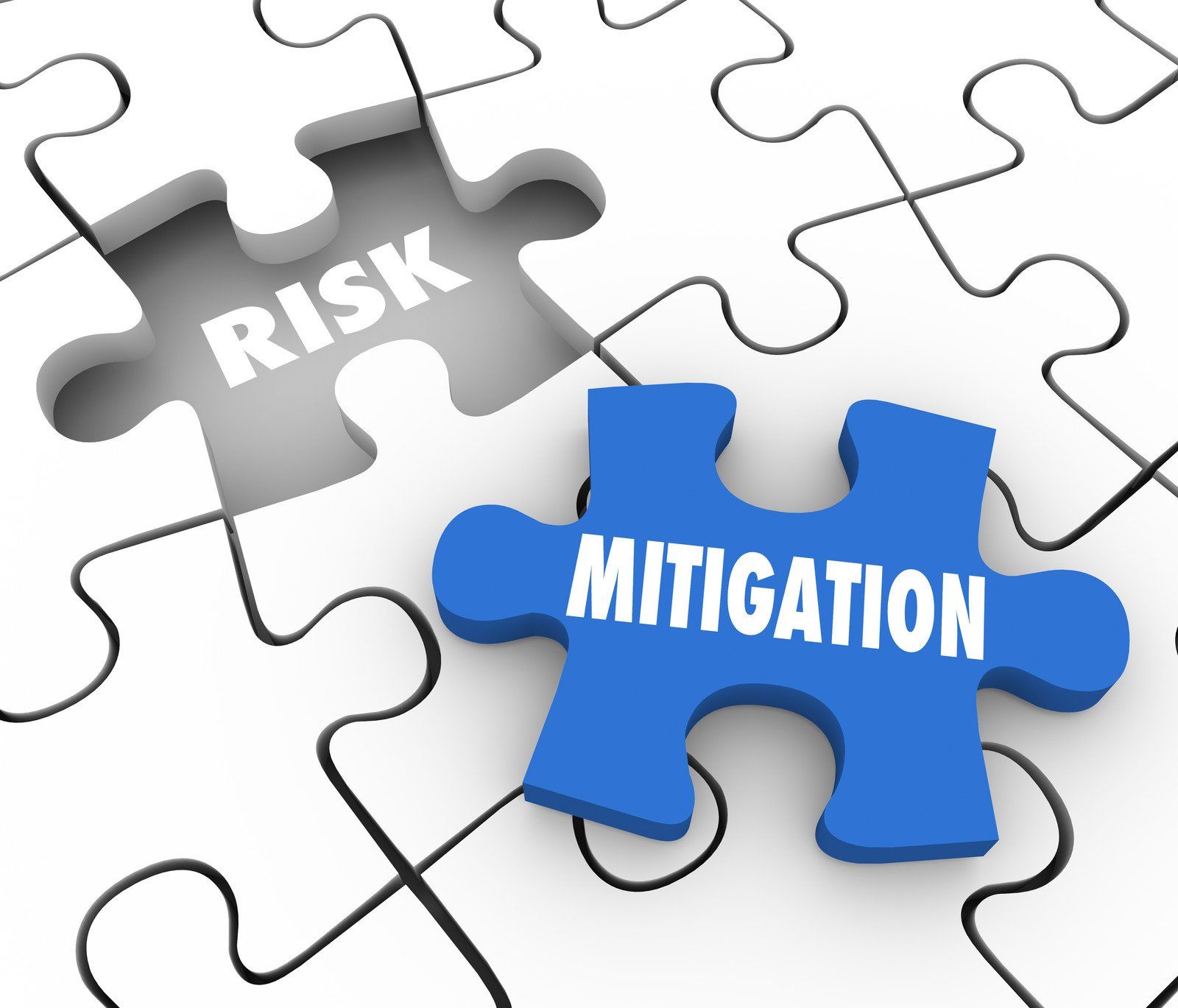Bioweapons
Bioweapons
The Biological Weapons Convention (BWC) has an important mandate: It prohibits the 182 countries that have signed on and ratified the convention from developing, producing, and stockpiling biological weapons. However, in practice, it has been ineffective at verifying and enforcing compliance.
Unlike the BWC, the major nuclear and chemical weapons treaties have extensive formal verification mechanisms.
The Nuclear Non-Proliferation Treaty (NPT), effective since 1970, verifies the compliance of signatories through the International Atomic Energy Agency (IAEA).
The Chemical Weapons Convention (CWC), effective since 1997, verifies compliance through the Organisation for the Prohibition of Chemical Weapons (OPCW), which won the Nobel Peace Prize in 2013.
In a 2018 article titled "Genome Editing and the Future of Biowarfare: A Conversation with Dr. Piers Millett," biosecurity expert Piers Millett said:
“If you’re deliberately trying to create a pathogen that is deadly, spreads easily, and that we don’t have appropriate public health measures to mitigate, then that thing you create is amongst the most dangerous things on the planet.”
Mitigating this risk is shaping up to be one of the major challenges of the 21st century — not only because the stakes are high, but also because of the myriad obstacles standing between us and a solution.
As ill-equipped as we may be to fight newly emergent natural pathogens, we are even less prepared to cope with engineered pathogens. In the coming decades, it may become possible to create pathogens that fall well outside the range of infectious agents modern medicine has learned to detect, treat and contain.
Worse yet, malicious actors might build disease-causing microbes with features strategically tailored to thwart existing health security measures.
So while advances in the field of synthetic biology will make it easier for us to invent therapeutics and other technologies that can defend us from pandemics, those very same advances may allow state and non-state actors to design increasingly harmful pathogens.
For example, new gene-synthesis technologies loom large on the horizon, allowing for the automated production of longer DNA sequences from scratch.
This will be a boon for basic and applied biomedical research — but it also will simplify the assembly of designer pathogens.
Although malicious actors would currently need university-grade laboratories and resources to create them, a bigger obstacle tends to be access to information. Some information, like how to work proficiently with a specific machine or cell type, can be acquired only through months or years of supervised training. Other information, like annotated pathogen genome sequences, may be easy to access through public databases.
If information such as pathogen genome sequences or synthetic biology protocols is available online, this could make it much easier for malicious actors to build their own pathogens. But even if they’re not online, hackers can also steal sensitive information from the databases of biotechnology companies, universities and government laboratories.
Like naturally occurring pandemics, engineered pandemics will not respect national borders. A contagious pathogen released in one country will emigrate. Actions that protect against engineered pathogens are an example of a global public good -- since a deadly engineered pathogen would adversely affect countries around the world, doing something to prevent them is a service that benefits the whole world.
Many questions remain unanswered when it comes to the potentially catastrophic risks posed by engineered pathogens. For example, what is the full spectrum of microbes that cause human disease? And which types of microbes would most likely be used as bioweapons?
But just because we don’t have answers to all the questions — and don’t even know all the questions to begin with — doesn’t mean there aren’t things we can do to mitigate our risks.
